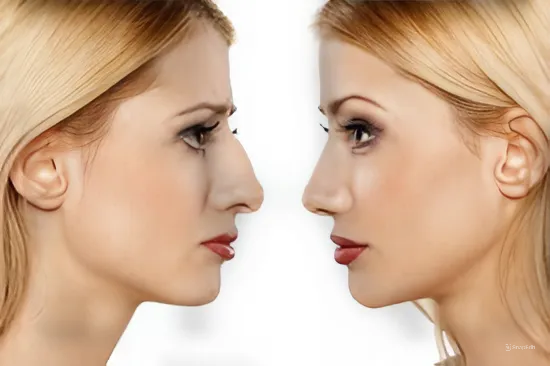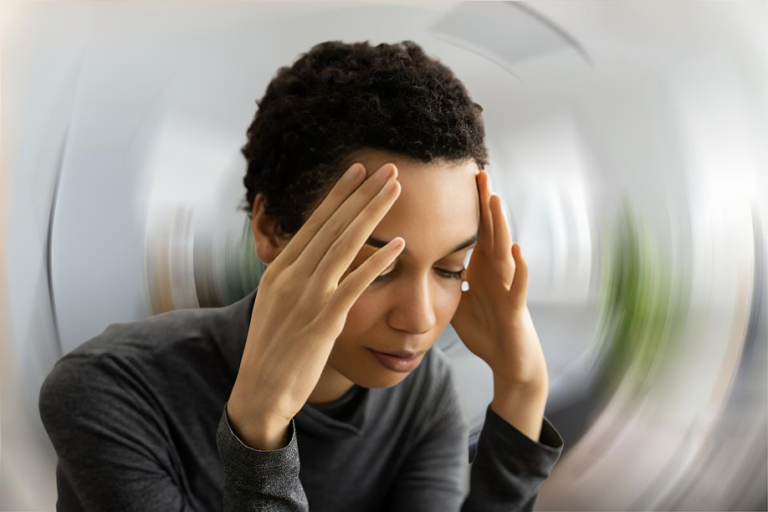Vertigo: Balancing The Inner Ear And Brain
Vertigo is a sensation of spinning or dizziness, often described as feeling like the world around you is spinning when it’s not. This perplexing symptom can significantly impact one’s quality of life, making even simple tasks challenging. At its core, vertigo arises from a delicate interplay between the inner ear and the brain. Understanding this intricate balance is crucial for both managing and treating vertigo effectively.
To Know More About It Please Click Here
The Inner Ear’s Role
The inner ear plays a central role in our body’s sense of balance and spatial orientation. Within the inner ear lies the vestibular system, a complex network of fluid-filled canals and sensory organs. These structures detect motion and position, relaying crucial information to the brain about our body’s movements in space.
When the head moves, fluid within the semicircular canals of the inner ear shifts, stimulating hair cells that send signals to the brain. This information helps the brain maintain equilibrium and coordinate movements. However, disruptions to this system can lead to vertigo.
Causes of Vertigo
Vertigo can stem from various underlying conditions, with disturbances in the vestibular system being a common culprit. One such condition is benign paroxysmal positional vertigo (BPPV), where tiny calcium crystals become dislodged within the inner ear’s canals, sending false signals to the brain about head movements.
Meniere’s disease, another common cause of vertigo, involves fluid buildup in the inner ear, leading to episodes of vertigo, hearing loss, and ringing in the ears (tinnitus). Vestibular neuritis and labyrinthitis are inflammatory conditions affecting the vestibular nerve or inner ear structures, resulting in sudden vertigo spells often accompanied by nausea and vomiting.
Additionally, certain neurological disorders, such as migraine-associated vertigo or vestibular migraines, can cause recurrent bouts of vertigo along with migraine headaches. These conditions underscore the intricate connection between the inner ear and the brain in maintaining balance.
The Brain’s Role
While the inner ear serves as the primary sensor for detecting motion and orientation, it’s the brain that interprets these signals and orchestrates the body’s response. The brain integrates information from the vestibular system with input from other sensory systems, including vision and proprioception (sensory feedback from muscles and joints).
In cases of vertigo, the brain may receive conflicting signals from the inner ear and other sensory systems, leading to a mismatch between perceived motion and actual movement. This sensory mismatch can trigger vertigo and associated symptoms, such as nausea, sweating, and disorientation.
Treatment Approaches
Effective management of vertigo often involves addressing the underlying cause while also alleviating symptoms. For BPPV, specific maneuvers known as canalith repositioning procedures can help reposition displaced calcium crystals within the inner ear, providing relief from vertigo episodes.
In cases of Meniere’s disease, dietary modifications (such as reducing salt intake) and medications to control fluid retention and dizziness may be recommended. Vestibular rehabilitation therapy (VRT) focuses on exercises and maneuvers to improve balance and reduce vertigo symptoms by promoting central nervous system compensation for vestibular dysfunction.
For vestibular migraines and other neurological causes of vertigo, lifestyle modifications, stress management techniques, and medications to prevent migraine attacks may be part of the treatment plan. Additionally, counseling and support groups can offer valuable emotional support for individuals navigating the challenges of living with vertigo.
Conclusion
Vertigo, while often disruptive and distressing, is a multifaceted condition that involves the intricate interplay between the inner ear and the brain. By understanding the underlying mechanisms of vertigo and its impact on sensory processing and balance, healthcare providers can tailor treatment approaches to address the specific needs of each individual. Through a combination of medical interventions, lifestyle adjustments, and rehabilitative strategies, individuals with vertigo can regain their equilibrium and improve their quality of life.
Also, Follow us on Instagram








